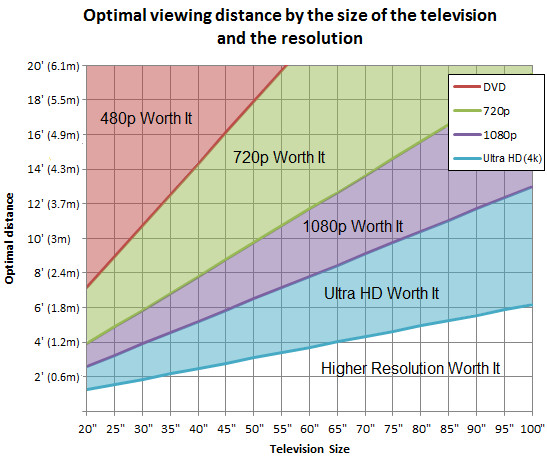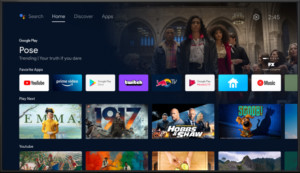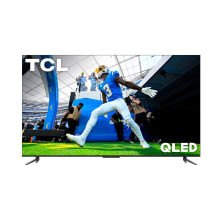
Television Size Viewing Distance: The Ultimate Guide
Choosing the right television size for your room can dramatically impact your viewing experience. While budget and wall space are factors, the most crucial element is the Television Size Viewing Distance ratio. This guide will delve into the science behind this relationship, helping you find the perfect TV size for optimal enjoyment.
Understanding Field of View and TV Size
The key to a comfortable and immersive viewing experience lies in your field of view (FOV). This refers to the angular extent of the observable world that is seen at any given moment. When it comes to televisions, the ideal FOV is generally between 30 and 40 degrees.
Too small a FOV, and you’ll miss crucial details, making movies less engaging and gaming frustrating. Imagine straining to see text or UI elements in a game – not fun! Conversely, too large a FOV can be overwhelming and even induce motion sickness, particularly with fast-paced content like sports or action movies. Finding the sweet spot where your TV fills the right amount of your visual field is crucial.
The Society of Motion Picture and Television Engineers (SMPTE) recommends a minimum 30° FOV for a satisfactory experience. This serves as an excellent baseline, but a 40° FOV can provide a more cinematic, immersive experience, especially for movies and immersive games.
Calculating the Ideal Television Size Viewing Distance
While there’s no one-size-fits-all answer, there are guidelines to help you determine the optimal television size viewing distance. A simple rule of thumb is to divide your viewing distance (measured in inches) by 1.6 for a 30-degree FOV.
For a more detailed approach, consult the table below, which provides recommended viewing distances for various screen sizes based on both 30° and 40° FOVs.
| Screen Size | Recommended Mixed Usage Distance(30°) | Recommended Cinema Distance(40°) |
|---|---|---|
| 32″ | 4’4″ (1.32m) | 3’2″ (0.97m) |
| 40″ | 5’5″ (1.65m) | 4′ (1.22m) |
| 43″ | 5’10” (1.78m) | 4’4″ (1.31m) |
| … | … | … |
Factors Beyond Television Size Viewing Distance
 Optimal TV viewing distance by its size, for DVD, 720p, 1080p and Ultra HD resolutions.
Optimal TV viewing distance by its size, for DVD, 720p, 1080p and Ultra HD resolutions.
While television size viewing distance is paramount, other factors contribute to the overall experience:
-
Source Quality: A 4K TV won’t magically enhance low-resolution content. Consider the resolution of your sources (streaming services, Blu-ray, etc.) and potential compression artifacts.
-
Screen Resolution and Angular Resolution: While most TVs are now 4K, understanding angular resolution – the ability of your eye to distinguish detail – can help you maximize your TV’s potential. Sitting too close to a lower resolution screen will reveal individual pixels, while sitting too far from any screen will make details indistinguishable. 4K resolution offers more flexibility in viewing distance.
-
Personal Preference: Ultimately, comfort is subjective. Experiment with different distances and sizes to find what feels best for you. Consider using painter’s tape to outline potential TV sizes on your wall to visualize their impact.
Conclusion: Finding Your Perfect Fit
Choosing the right television size viewing distance is a balancing act. By understanding the principles of FOV, utilizing the provided guidelines, and considering your individual needs and preferences, you can create a truly immersive and enjoyable viewing experience. Don’t just buy the biggest TV; buy the one that best fits your space and viewing habits.








